Seaport investment creates new promise
The Ministry of Transport (MoT) is working on adjustments of the master port development plan towards 2030, with a vision up to 2050. The adjustments focus on general goals, land and water use needs, capital requirements, prioritised ventures, and solutions for implementing planning on the environment, sci-tech, and more.
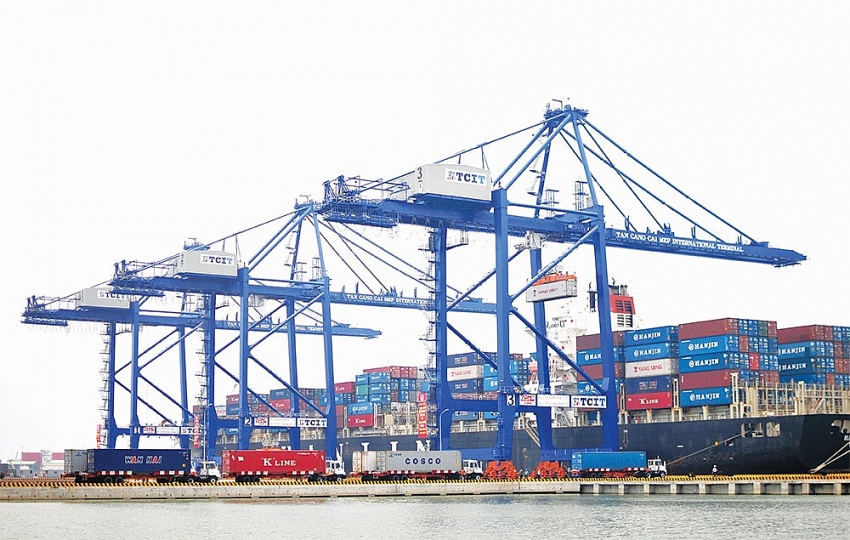 |
| Seaport investment creates new promise, illustration photo |
The prioritised list of projects will include international gateway port areas such as Lach Huyen in the northern city of Haiphong, Cai Mep in the southern province of Ba Ria-Vung Tau, and Can Gio international transit port. Meanwhile, Ho Chi Minh City seaport is expected to be upgraded from a potential type 1 seaport into a special seaport; and demand for international transshipment goods through Lien Chieu Seaport in Danang will rise to up to one million TEU a year by 2030.
Total investment in the seaport system by 2030 is estimated at $14.83 billion, an increase of $1.62 billion, prioritising additional public infrastructure projects of the Tran De offshore port area and Can Gio international port.
According to experts, the amendments are significant and if approved will create better conditions for international investors, especially those with existing seaport projects in Vietnam, to operate more smoothly.
“The master port development plan, together with seaport infrastructure, connecting traffic corridors, and many other service and utility facilities can be seen as a great opportunity for foreign businesses,” said senior seaport expert Ho Kim Lan.
“There are solutions to increase investment flows in the industry in coming years, but the main ones are policies to innovate infrastructure. Ensuring legitimate benefits for investors under the public-private partnership mechanism is also important,” Lan continued.
Thus far, many globally renowned names have shown their strong interest in the transport sector and seaports in particular. For instance, International Holdings Company at a meeting with the Vietnamese prime minister late last year said that it eyes investment and cooperation opportunities in seaports, logistics, digital transformation, and smart cities.
Elsewhere, Indian multinational Adani Group plans to start its investment path in Vietnam with the $2 billion Lien Chieu Seaport in the central city of Danang, in cooperation with Vietnam Maritime Corporation (VIMC).
“We are preparing for pre-feasibility and feasibility studies of Lien Chieu Seaport. It shows our commitment to Vietnam, and we expect to develop an industrial park complex with the port,” said CEO Karan Adani in December.
While seeing potential ahead, seaports are still facing a challenging period, including joint venture seaports of VIMC and its foreign partners, although they saw improvements in the first two months of 2024.
Cai Mep International Terminal (CMIT), which has Denmark’s APM Terminals as a foreign stakeholder, saw a 46 per cent on-year increase in container throughput during the two-month span, while the threshold was an increase of 31 per cent on-year from SSIT, a joint venture between VIMC and SSA Marine.
Last year, an unfavourable global economic situation and weak consumption demand, especially in the US and EU, seriously affected seaport operators. As a result, VIMC’s total seaport throughput and revenue fell 16 and 7 per cent from the yearly targets, respectively.
“We saw plenty of new seaports operational with bigger wharfs, modern equipment, and capacity to receive large ships, while market demand did not increase, thus leading to a more serious oversupply situation,” said Nguyen Canh Tinh, CEO of VIMC.
“The seaport industry is yet to see a bright future in 2024 as a number of factors should be counted like drought in the Panama Canal, unstable developments, and geopolitical tensions among countries affecting the operations of shipping lines and can lead to possible disruption of the global supply chain, and will directly affect the output of goods through the seaport system,” Tinh added.
In particular, while CMIT reported an increase in its output compared to the yearly target last year, it accommodated 16.98 million tonnes of goods, while its container throughput reached over 1.2 million TEU last year, both down 12 per cent on-year. Its pre-tax profit was -$7.38 million.
Like CMIT, other seaport joint ventures with VIMC like Cai Lan International Container Terminal (CICT), SSIT, and SP-PSA also had a tough year. SSIT saw container throughput and pre-tax profit decrease during the year. Similarly, SP-PSA, which VIMC runs with Singaporean-based PSA, witnessed a pre-tax profit drip of -$1.8 million.
For CICT, located in the northeastern province of Quang Ninh, and is run by VIMC and US-based Carrix, the parent company of SSA Marine, its container throughput fell 90 per cent on-year, and its pre-tax profit was -$18 million.
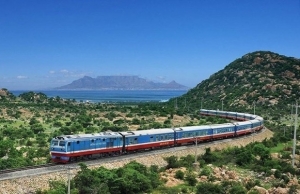 | 17 billion USD needed to build railway connecting to seaports As much as 17 billion USD is needed to build two railway routes connecting to seaports, namely Lao Cai-Hanoi-Hai Phong and Bien Hoa-Vung Tau, according to the Ministry of Transport (MoT). |
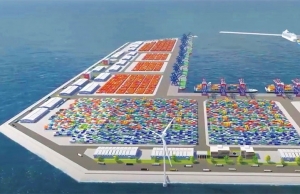 | Soc Trang lays out strategy for seaport’s special renovation The rejuvenation of Tran De Seaport will play an important role in the socioeconomic development of the entire Mekong Delta region, with a spillover effect on other industries. |
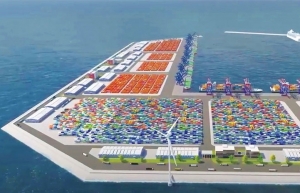 | Tran De Seaport: a new gateway for goods to and from Vietnam Tran De Seaport in Soc Trang province is planned and invested as a special port to quickly transfer goods from the Mekong Delta to the world. |
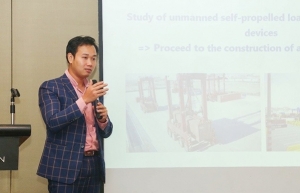 | Modernised seaports in Vietnam require enhanced human resources The operation of seaports has been improved thanks to modernisation and the digital transformation. However, the training of human resources has yet to catch up with development. |
What the stars mean:
★ Poor ★ ★ Promising ★★★ Good ★★★★ Very good ★★★★★ Exceptional
Related Contents
Latest News
More News
- Global partnerships key to Vietnam’s IFC development (December 26, 2025 | 16:18)
- Vingroup pulls out of bid to invest in North-South high-speed railway (December 26, 2025 | 11:42)
- Strengthening supply chains through trade promotions and customs reform (December 24, 2025 | 14:00)
- PM orders investment model for North–South high-speed rail (December 22, 2025 | 17:43)
- LS Eco Energy to invest in Vietnam rare earth sector (December 22, 2025 | 17:31)
- Government moves to establish International Financial Centre (December 21, 2025 | 21:00)
- Vietnam's IFC to target global investment flows (December 21, 2025 | 18:00)
- Two national hospitals expand capacity with new facilities (December 20, 2025 | 09:00)
- Ha Tinh breaks ground on major Vingroup industrial and energy projects (December 19, 2025 | 18:24)
- EVN launches major power infrastructure projects nationwide (December 19, 2025 | 18:17)

 Tag:
Tag:





















 Mobile Version
Mobile Version